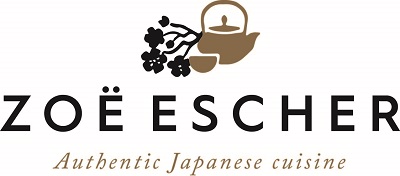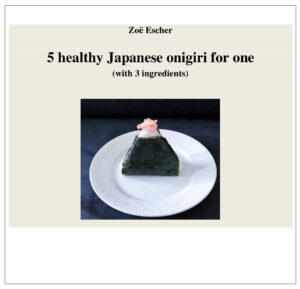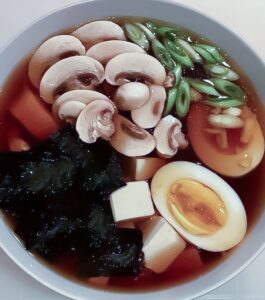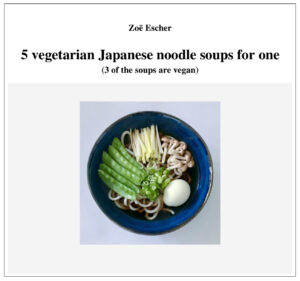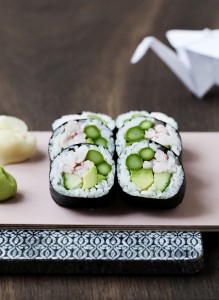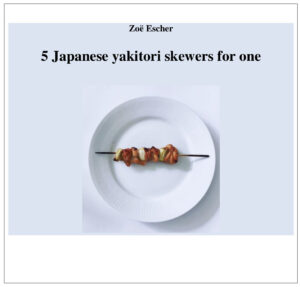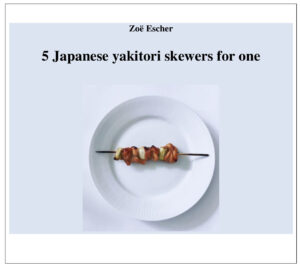
Yakitori skewers are part of classic Japanese cuisine.
In Japan, yakitori skewers are such a popular dish that you will find restaurants that are only specialized in making this delicate dish on small indoor grills.
In Japan, sushi makes up less than 15% of the Japanese cuisine. My impression is that yakitori skewers are as popular as sushi.
The classic Japanese yakitori skewers are made with chicken. In Japan, the whole animal is used for skewers, including heart, liver and chicken skin.
The specialized yakitori skewers restaurants have a large selection of yakitori skewers on the menu. Often you will find 15-20 different yakitori skewers made with different ingredients such as fish, shellfish, meat and vegetables. So that your dinner embraces the entire food pyramid.
In the mini e-book: 5 Japanese yakitori skewers for one, you learn step by step how to make different yakitori skewers that are suitable for everyday use and special events.
_
Zoë has lectured and held sushi courses for A. P. Moller – Maersk, Hugo Boss Nordic, Novo Nordisk, Novartis, Velux, Gorrissen Federspiel, Beierholm revision, Elbek & Vejrup and many more.
